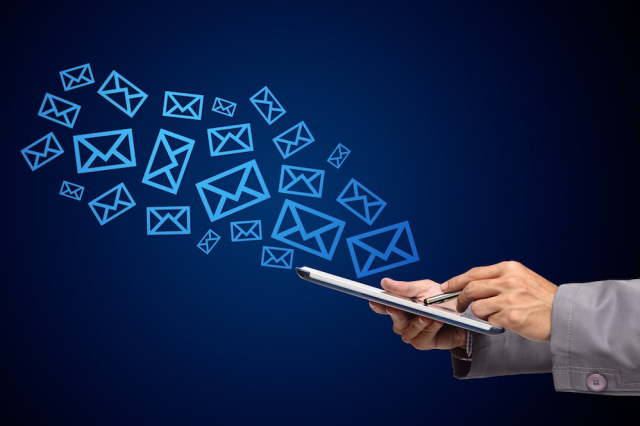It’s pretty much impossible to imagine life without email, especially for businesses. We use it to provide customer service and market to potential customers, run projects and send invoices and quotes. It really has become a vital part of any business.
However, cybercriminals love to target email as it is one of the easiest ways to attack a business and gain access to sensitive data, which means it’s equally vital to protect and secure your emails as part of your cyber security plan.
What is email security?
There are many threats from cybercriminals aimed at gaining access to your company via email, and we’ll discuss some of those in the next section.
The good news is that you can do something about it, and you can implement strong email security that will help to keep your company secure.
Email security is the practice of securing both incoming and outgoing emails to prevent interception by attackers. It can, and should, also mean scanning incoming emails and removing any spam emails and threats before they reach your users.
What are the most common email security threats?
Unfortunately, cybercriminals are endlessly inventive at finding new ways to attack businesses. Here are just some possible security threats:
Phishing, spear phishing, and other varieties
Most of us have had a fake email claiming to be from PayPal or another well-known company, asking us to either provide our details or click on a link to prevent our account from being closed. Most of these are, thankfully, easy to spot, with poor spelling and bad grammar.
This is a phishing attack, designed to get us to hand over our login details or to click on a malicious link that will be able to collect information, such as passwords, bank details, and other financial data, so attackers can steal data, money, and gain further access into our systems. But that’s not the only form of phishing attack.
Rather than the scattergun approach of general phishing attacks, hackers also use spear-phishing, where they specifically target one individual in a company, even researching their potential targets on social media to sound more genuine.
A more heavily researched version of spear phishing is called whaling, where criminals target the CEO of a company to obtain login information.
Office 365 phishing is another variant, where users are sent an email that’s supposedly from Microsoft, asking them to log in to confirm their account or reset their password. If the user clicks on the link, attackers can then take over this account.
Ransomware
This is a particularly nasty attack for any business. Ransomware is malware that can be sent by email, and once a user clicks on the link or the attachment, the ransomware then encrypts the businesses’ files and displays a message on the screen asking for a ransom to release them.
Even if the ransom is paid, some attackers don’t release the files, and there have been attempts to blackmail businesses by threatening to post their sensitive data in public.
Trojans
Trojans are yet another type of malware disguised as a legitimate download or piece of software. A trojan is not a virus as it can’t self-replicate so it must be installed by an employee clicking on a link or attachment in an email.
Once downloaded, the trojan can then execute whatever tasks it has been programmed for, including stealing data, tracking keystrokes, and spying on activity.
Malware
Malware stands for ‘malicious software’ and is any type of software that’s designed to damage systems, steal or encrypt data, or even destroy hardware. Ransomware and trojans are types of malware, along with viruses, worms, adware, and spyware.
What are the best practices for preventing email threats?
Companies should install firewalls and antiviruses, along with enforcing strong passwords. It is also a good idea to educate your staff on cyber security and types of attacks so they know what to look out for and what to do if they accidentally click on something they shouldn’t.
Two-factor authentication, or 2FA, can add another layer of security to protect emails. Instead of just a username and password when logging into accounts, you would also need an extra step, either by sending a text to your phone and entering the code or entering a pin or secret question. 2FA may also use biometrics, such as your fingerprint.
Endpoint security is also important, protecting your devices, such as laptops, mobiles, and desktops from attacks. Endpoint Protection Platforms (EPPs) will scan incoming files for threats and remove them before they get to your employees’ email accounts. A good EPP can also block unsafe applications, encrypt files to secure them, authenticate any login attempts, and more to keep your network as safe as possible.








